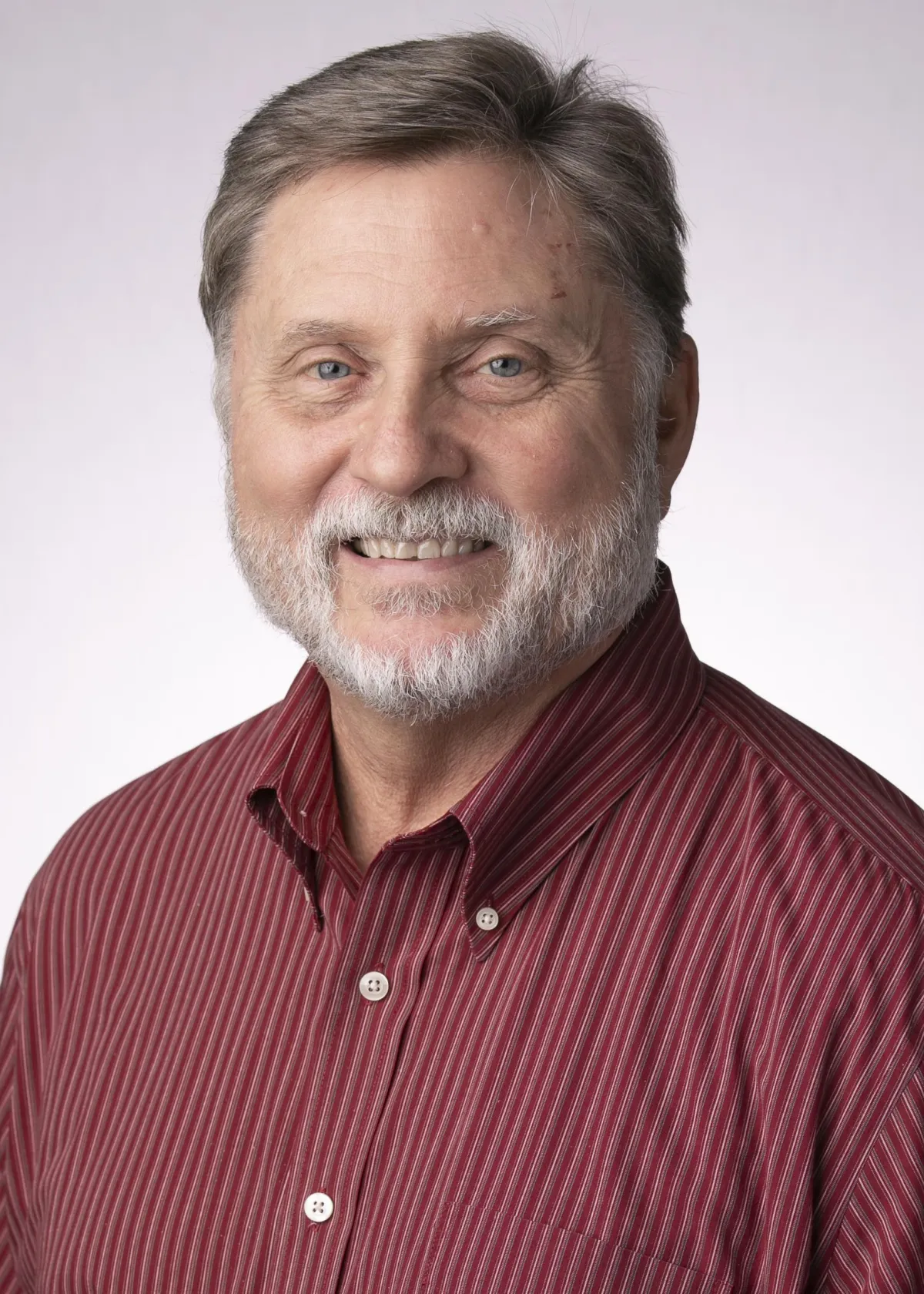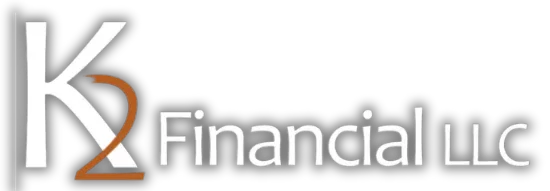inFOCUS
K2 Financial blog

A Strategic Approach to Addressing 3 Key Retirement Risks
Reverse Mortgages: A Strategic Approach to Addressing 3 Key Retirement Risks

Retirement can be an exciting chapter in life, but it often comes with financial uncertainties. Common concerns include managing long-term care costs, maintaining consistent cash flow, and finding ways to leverage home equity without disrupting other income sources.
For retirees and financial advisors alike, the FHA’s Home Equity Conversion Mortgage (HECM) reverse mortgage is emerging as a powerful solution to these challenges. With unique features tailored to retirees’ needs, HECMs provide a strategic tool to navigate some of retirement’s biggest financial risks.
Here’s how a HECM can help retirees address three major concerns effectively and securely.
1. Funding Long-Term Care Without Breaking the Budget
The cost of long-term care (LTC) continues to rise, and traditional long-term care insurance (LTCI) may not be accessible or affordable for many retirees. According to LawforSeniors.org, annual premiums for LTCI range from $3,000 to $6,000, depending on factors like age, health, and benefit levels. Premiums are not fixed and often increase over time, adding further financial strain.
For retirees who don’t qualify for LTCI or prefer an alternative, a reverse mortgage offers a flexible way to cover LTC expenses. Here’s how:
Direct Care Payments: Instead of paying ongoing LTCI premiums, retirees can draw from their HECM line of credit to fund care services—such as home healthcare, assisted living, or nursing home care—as needed.
Eliminating Monthly Mortgage Payments: For homeowners with significant mortgage obligations, refinancing with a reverse mortgage eliminates monthly payments, freeing up cash flow. Retirees can then set aside these savings to fund future LTC needs.
Paying LTCI Premiums: Retirees who prefer LTCI can use reverse mortgage proceeds to cover premiums, reducing the strain on monthly budgets while retaining coverage.
By tapping into home equity, retirees can secure long-term care options without depleting their savings or reducing other retirement income sources.
2. Reverse Mortgage Line of Credit vs. Traditional HELOC
Retirees often rely on home equity lines of credit (HELOCs) to access funds, but these traditional products can pose challenges:
Monthly Payments: HELOCs require monthly payments on the principal and interest, which can be burdensome for those on a fixed income.
Lender Restrictions: Lenders can freeze or reduce HELOC credit lines during economic downturns, leaving borrowers without access to funds when they need them most.
Limited Terms: Once the draw period ends, HELOC balances must be repaid, often through amortized payments that increase financial strain.
In contrast, a HECM reverse mortgage line of credit offers retirees significant advantages:
No Monthly Payments: Borrowers are not required to make monthly payments, reducing financial stress and freeing up cash flow.
Guaranteed Access: The reverse mortgage credit line cannot be frozen or reduced, as long as borrowers meet the loan terms (e.g., paying property taxes and maintaining insurance).
Growth Potential: Unused portions of a reverse mortgage line of credit grow over time at the loan’s interest rate, increasing the available funds for future needs.
For example, an unused $200,000 HECM line of credit growing at an average rate of 6% could provide access to $267,000 in five years and $358,000 in ten years. This growing line of credit offers retirees a reliable safety net for unexpected expenses, such as medical emergencies or home repairs.
3. Enhancing Monthly Cash Flow
Many retirees experience a gap between their income and expenses, especially in the early years of retirement. A HECM reverse mortgage offers flexible payout options to supplement income and improve cash flow.
Tenure Payments: Retirees can receive consistent monthly payments for as long as they live in their home, creating a dependable income stream that reduces reliance on savings or investments.
Term Payments: For those needing extra income during specific periods, term payments provide a fixed amount for a set number of years. This option is ideal for retirees managing short-term expenses or bridging the gap until other income sources, such as Social Security, begin.
Hybrid Options: Borrowers can combine monthly payments with a line of credit, creating a tailored solution that offers both predictable income and the flexibility to access funds when needed.
By providing steady cash flow, HECMs help retirees maintain their quality of life without the risk of outliving their resources.
Why Financial Advisors Should Explore Reverse Mortgages
Reverse mortgages are no longer just niche financial products—they are versatile tools that can address a wide range of retirement challenges. For financial advisors, understanding these solutions allows you to guide clients toward more secure and flexible retirement plans.
Key benefits of incorporating HECMs into a client’s retirement strategy include:
Supporting long-term care planning with adaptable funding options.
Offering a stable and growth-oriented alternative to HELOCs.
Enhancing cash flow and reducing reliance on investment withdrawals during market downturns.
Final Thoughts
For retirees navigating the complexities of long-term care, cash flow management, and home equity access, HECM reverse mortgages offer a practical, adaptable solution. By addressing these common retirement risks, reverse mortgages empower homeowners to stay in their homes, maintain financial independence, and preserve their savings.
As a financial advisor, exploring HECMs as part of a comprehensive retirement strategy can provide your clients with the tools they need for a confident and secure future. With their unique features and flexibility, reverse mortgages are proving to be a valuable addition to the modern retirement planning toolkit.
There are some circumstances that will cause the loan to mature and the balance to become due and payable. Borrower is still responsible for paying property taxes and insurance and maintaining the home. Credit is subject to age, property and some limited debt qualifications. Program rates, fees, terms and conditions are not available in all states and subject to change. This article does not constitute tax, legal or financial advice. Please consult a tax or financial advisor regarding your specific situation.
SUBSCRIBE
You can receive these blog posts by email as part of our newsletter series. Just enter your email address and you'll receive them without leaving the comfort of your inbox. Your address will not be shared with anyone.

Sam Jack Brantley
NMLS 723522
(615) 542-0821
samjack@samjack.com

Ken Kennedy
NMLS # 1627908
(903) 235-3637
kenk@k2-financial.com

Kenny Hawthorne
NMLS @ 1647665
(903) 235-7114
khawthorne@k2financial.com

John Misky
NMLS 478717
(615) 310-2687
jmisky@k2-financial.com

K2-Financial, LLC is an Equal Opportunity Mortgage Broker/Lender. The services referred to herein are not available to persons located outside the state of Texas and/or the state of Tennessee.
Branch Location: 605 S Orchid Dr, White Oak, TX 75693; Corporate Address: 24302 Del Prado Suite B Dana Point, California 92629 NMLS # 1842513
This licensee is performing acts for which a mortgage company license is required. OC Home Loans, Inc., is licensed by the Texas Department of Savings and Mortgage Lending, NMLS: 1842513. Loan approval is not guaranteed and is subject to lender review of information. All loan approvals are conditional and all conditions must be met by borrower. Loan is only approved when lender has issued approval in writing and is subject to the Lender conditions. Specified rates may not be available for all borrowers. Rate subject to change with market conditions. K2-Financial, LLC is an Equal Opportunity Mortgage Broker/Lender. The services referred to herein are not available to persons located outside the state of Texas and/or the state of Tennessee. Branch Location: 605 S Orchid Dr, White Oak, TX 75693; Corporate Address: 24302 Del Prado Suite B Dana Point, California 92629 NMLS # 1842513




